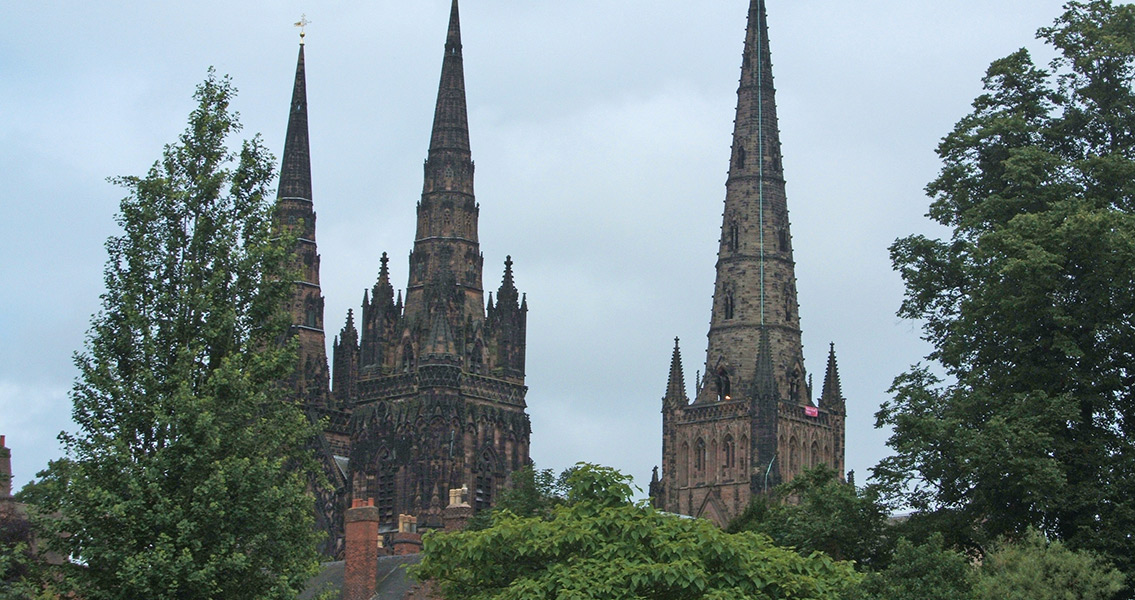<![CDATA[The remains of approximately 50 individuals dating to the medieval era have been uncovered in close proximity to a pilgrimage site for an English saint buried in the seventh century. According to excavation and archaeology firm Archaeology Warwickshire (AW), the skeletal remains, which were found in shallow graves and have since been exhumed, could aid archaeologists in uncovering additional details about the era. The firm has plans to analyze each skeleton in turn to make determinations on the approximate age the individual died in addition to their gender. Researchers are also looking for bone evidence of disease or injury according to AW’s business manager Stuart Palmer. In an interview with Live Science, Palmer remarked that the teeth of the skeletons have the potential to yield particularly rich results, as much can be gleaned about the diet of these individuals from their dental remains. The business manager added that once the quality of the remains is determined, a more in-depth study may be launched as well. The burial site was originally discovered by AW archaeologists in August in the vicinity of Lichfield, a medieval city situated in the West Midlands. The region was a popular religious pilgrimage site in the twelfth century, thanks to the triple-spire cathedral that held the remains of St. Chad. The gates of Lichfield would have closed every night, which meant that late-traveling pilgrims would not be able to enter the city until the next morning. An almshouse located outside the gates would put up pilgrims for the night; these shallow graves were discovered close by to this almshouse, a building which exists to this day. AW had conducted a survey of the almshouse grounds earlier in the summer with the expectation that a few graves were likely to be discovered. However, much to Palmer’s surprise, the quantity and volume uncovered in the survey were much higher than anticipated. The high number of graves could be attributed to the presence of St. Chad’s remains within the city, as he founded Lichfield’s monastery in the seventh century and served as both its abbot and bishop for the community. After he succumbed to the plague in 672 CE, the Catholic Church canonized him. With the large number of reported miracles associated with his tomb since then, St. Chad’s final resting place led to the burgeoning pilgrim population visiting Lichfield – something that led to the cathedral being constructed in the twelfth century. Palmer suggested that the individuals buried just outside the city near the almshouse might have been hoping that the purported restorative powers associated with St. Chad’s tomb could heal them of ailments. Some of these pilgrims might have been too ill to finish the journey, possibly expiring at the city gates or just beforehand – something that might have led them to be interred near the almshouse in shallow graves. Image courtesy of Wikimedia Commons user: Crashlanded]]>
50 Graves Found at English Medieval Pilgrimage Site
